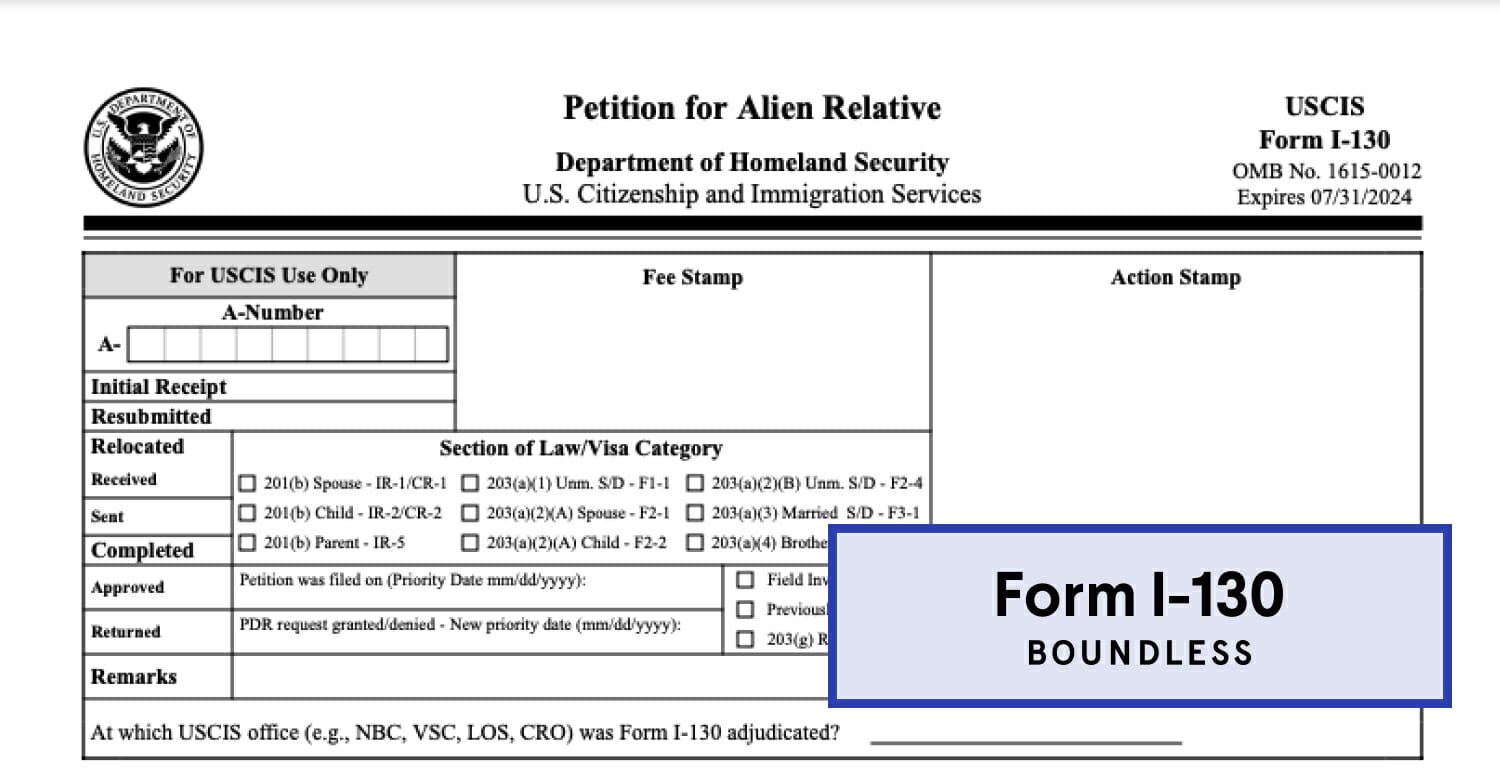Form I-130A, officially termed as the “Supplemental Information for Spouse Beneficiary,” is a crucial component in the immigration process for those seeking to sponsor a family member’s entry into the United States. In conjunction with Form I-130, Petition for Alien Relative, Form I-130A serves as a vital tool for U.S. citizens or lawful permanent residents to establish relationships with their alien relatives seeking immigration benefits.
Understanding Form I-130A
Purpose and Usage
Form I-130A is specifically tailored for the spouse beneficiary, primarily the foreign spouse, to furnish additional biographical details to the U.S. Citizenship and Immigration Services (USCIS). This supplemental form comprehensively collects essential information such as address history, employment records, previous marital engagements, and other pertinent data imperative for USCIS to process the immigration petition efficiently.
Differentiating Form I-130 and Form I-130A
While both forms play pivotal roles in the immigration sponsorship process, it’s essential to discern their unique functions:
Form I-130 (Petition for Alien Relative)
- Initiating Sponsorship: Form I-130 serves as the initial step for a U.S. citizen or lawful permanent resident (the petitioner) to sponsor their foreign national relative (the beneficiary) for immigration to the United States.
- Information Collection: This form gathers comprehensive details about the petitioner, beneficiary, their relationship, and other pertinent information crucial for substantiating eligibility for family-based immigration benefits.
Form I-130A (Supplemental Information for Spouse Beneficiary)
- Complementary Information: Form I-130A, on the other hand, supplements Form I-130 specifically for the spouse beneficiary, compiling additional biographical data necessary for USCIS evaluation.
- Enhancing Assessment: It aids USCIS in evaluating the eligibility of the spouse beneficiary for immigration benefits based on their relationship to the petitioner.
In summary, while Form I-130 establishes the familial relationship between the petitioner and beneficiary, Form I-130A provides crucial supplemental information specifically from the spouse beneficiary to fortify the petition. Typically, both forms are submitted together as part of the comprehensive immigration application package.
Step-by-Step Guide to Completing Form I-130
Navigating through the process of filling out Form I-130 entails several essential steps:
- Download the Form: Access Form I-130 from the official website of USCIS.
- Read the Instructions: Thoroughly review the instructions provided by USCIS, encompassing eligibility criteria, required supporting documents, and filing guidelines.
- Gather Required Documents: Ensure you have all necessary documents and information, including proof of citizenship or lawful permanent resident status, evidence of the familial relationship, and other supporting documents stipulated in the instructions.
- Complete the Form: Accurately and comprehensively fill out the form, providing all requested information with clarity. Utilize black ink and maintain legible handwriting.
- Check for Errors: Conduct a meticulous review of the completed form to rectify any errors or omissions that may impede processing or lead to petition rejection.
- Sign and Date the Form: Affix your signature and date the form in the designated sections. If aided by someone, ensure their signature and contact information are provided.
- Prepare Supporting Documents: Compile all requisite supporting documents, including birth certificates, marriage records, divorce decrees, and other evidentiary materials to substantiate the familial relationship.
- Submit the Form and Supporting Documents: Dispatch the completed Form I-130 along with the supporting documents to the designated address as per the instructions. Adhere to the prescribed filing fee or seek a fee waiver if eligible.
- Receive Receipt Notice: Upon receipt of your petition, USCIS will issue a receipt notice containing vital information, including a unique receipt number for tracking petition status.
- Await USCIS Processing: USCIS will undertake the processing of your petition and notify you of the outcome. Any requests for additional evidence or information will be communicated accordingly.
Adherence to USCIS instructions and furnishing accurate information is imperative to mitigate delays or complications in the immigration process. Seeking guidance from an immigration attorney or accredited representative can be beneficial if uncertainties arise during the form completion process.
